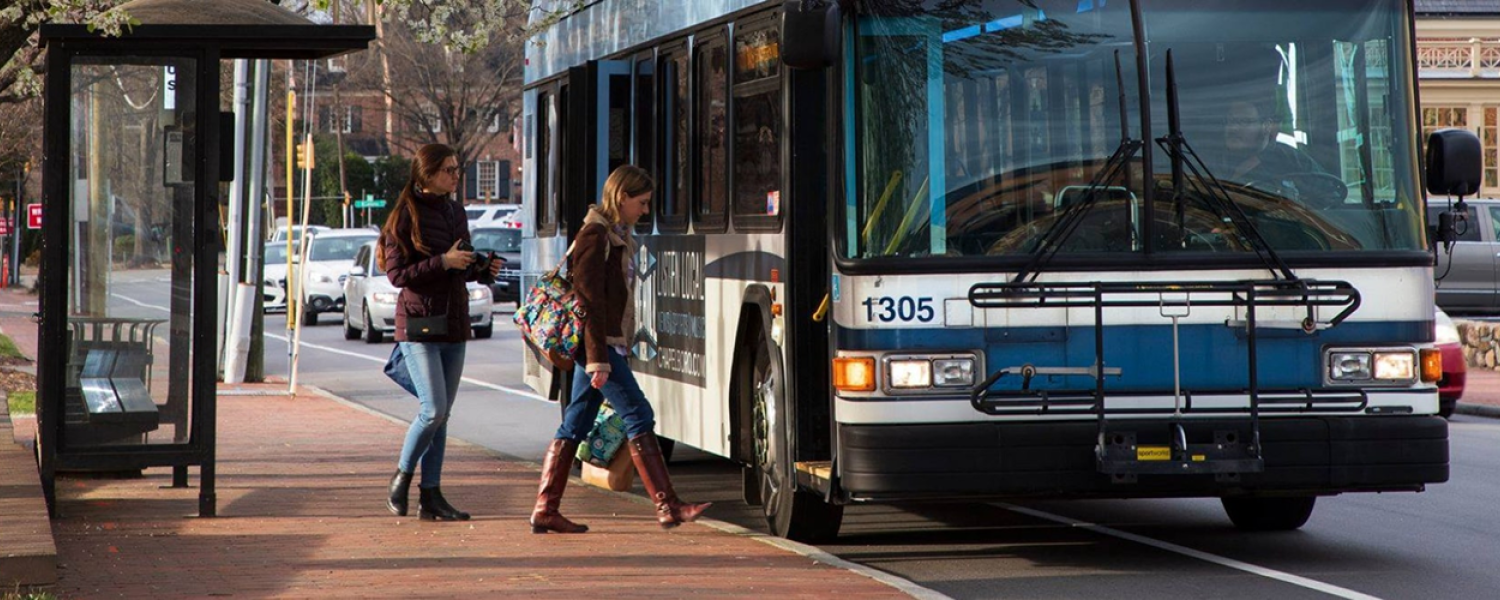Transportation conformity is a way to ensure that Federal funding goes to those transportation activities that are consistent with air quality goals. In the past, the Triangle West TPO was a nonattainment area and maintenance area for air quality and, therefore was required to demonstrate air quality conformity. This demonstration was basically done by showing that emissions of greenhouse gases and several other hazardous pollutants from the transportation sector would be below a set threshold.
The Motor Vehicle Emission Simulator (MOVES) model is used to forecast future emissions. The model develops emissions factors using information such as vehicle type and age distribution and combines those factors with output from our region’s travel demand model, the Triangle Regional Model (TRM), including vehicle miles traveled (VMT) and average vehicle speeds. This approach produces forecasted emissions of greenhouse gases such as carbon dioxide and of various hazardous air pollutants, including carbon monoxide, particulate matter, nitrous oxides, and hydrocarbons, that are emitted from the transportation sector.
For information on the TPO's use of MOVES, see this TPO Air Quality Web page
